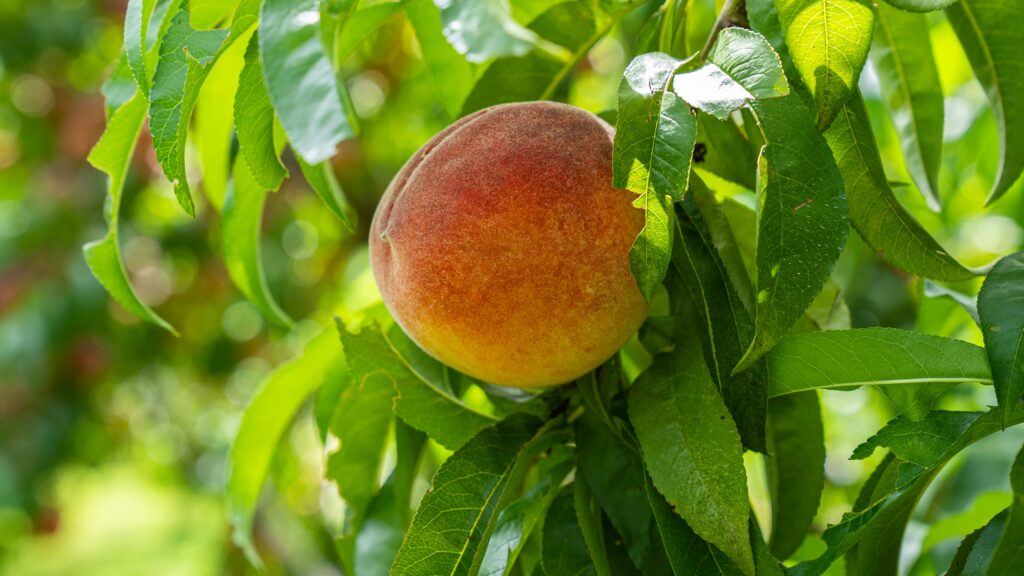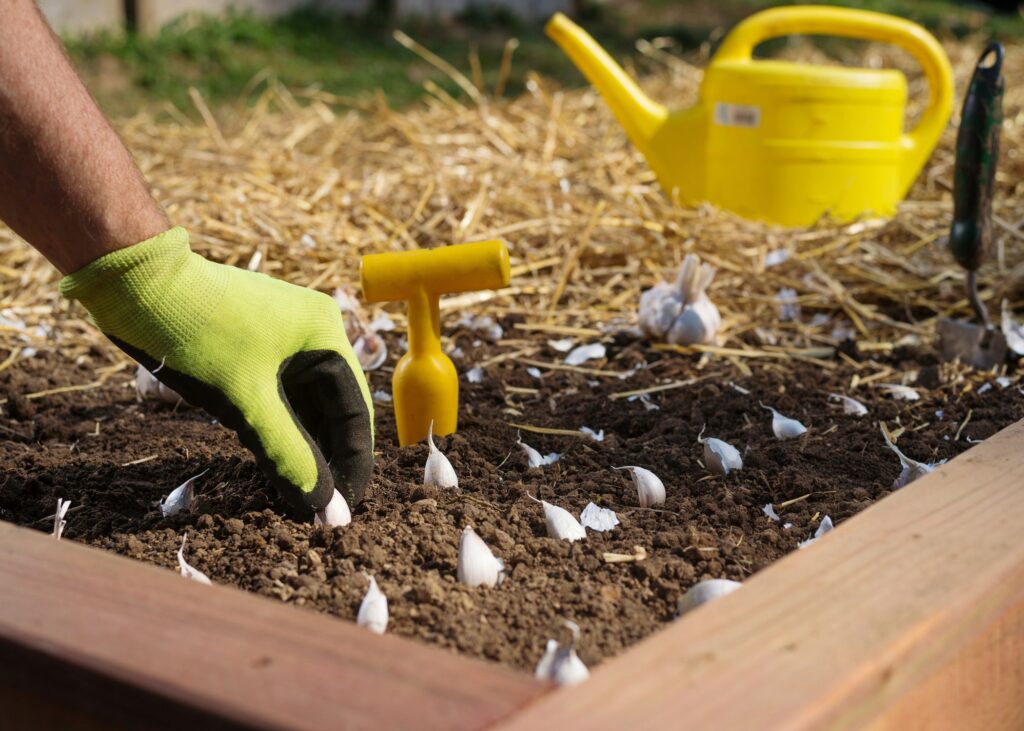
Choosing from a Variety of Carrots
If you believe that every carrot is the same, think again! Numerous carrot seeds are available, each with distinctive qualities and flavors. Think about the qualities you want in a carrot. Do you prefer a more substantial root for baking and cooking or something sweet and crunchy for snacking? Here is a guide on the variety of carrot seeds:
| Type of Carrot Seed | Description | |
| Nantes | These carrots are cylindrical in shape with blunt tips, and they are known for their sweet flavor and tender texture. | |
| Imperator | These carrots are longer and thinner than Nantes, with tapered tips. They are known for their excellent flavor but can be more difficult to grow due to their longer growing season. | |
| Chantenay | These carrots are shorter and thicker than Nantes, with a conical shape and a slightly pointed tip. They are known for their sweet flavor and are often used for canning or freezing. | |
| Danvers | These carrots are medium-length with a tapered shape and blunt tips. They are known for their sweet flavor and are well-suited to a wide range of growing conditions. | |
| Baby carrots | These are smaller varieties of carrots that are harvested when they are still young and tender. They come in a range of shapes and colors and are often used in salads or as a snack. |
Prepare Your Soil Before Planting Carrots
Carrots require well-draining soil that is free of rocks, debris, and clumps. Here’s how to create a fertile and well-drained soil environment that will encourage healthy carrot growth.
- Clear the area: Remove any weeds or other plants from the planting area. Carrots prefer soil that is free of competition from other plants.
- Loosen the soil: Use a garden fork or tiller to loosen the soil to a depth of at least 12 inches. This will help to aerate the soil and allow the roots to grow deep.
- Amend the soil: Carrots prefer soil that is slightly acidic with a pH between 6.0 and 6.8. If your soil is outside of this range, add lime to raise the pH or sulfur to lower it. Work compost or well-rotted manure into the soil to improve soil structure and provide nutrients.
- Rake the soil: Smooth the soil surface with a rake, removing any rocks, sticks, or other debris. The soil should be finely textured and free of clumps.
- Make furrows: Use a hoe or shovel to make shallow furrows in the soil. The furrows should be about 1/4 inch deep and spaced 2-3 inches apart.
- Plant the seeds: Sow the carrot seeds thinly along the furrows, covering them with a thin layer of soil. Water gently to moisten the soil.
- Mulch: Cover the soil with a layer of mulch to help retain moisture and prevent weeds.

When to Plant Your Carrot Seeds
The optimal time to plant carrots will vary depending on your location and climate, but in general, carrots are cool-season crops that prefer to grow in soil temperatures between 55°F and 75°F (13°C to 24°C).
| Spring Planting | If you live in a cooler climate with a short growing season, plant carrot seeds as soon as the soil can be worked in the spring. This is typically a few weeks before the last frost date, which can be found by checking your local gardening resources. |
| Fall Planting | If you live in a milder climate, you can plant carrots in the fall for a winter harvest. Aim to plant your carrot seeds about 10 to 12 weeks before the first expected frost date in your area. |
| Successive planting | To ensure a steady supply of carrots throughout the growing season, you can also try successive planting. This involves planting small batches of seeds every few weeks so that you have a continuous harvest of fresh carrots throughout the season. |
Step-by-Step Guide to Planting Carrot Seeds
By following these steps, you can plant and grow healthy and delicious carrots in your garden.
- Choose a Planting Location: Find a spot in your garden that receives full sun to partial shade and has well-draining soil. Avoid areas with rocky or compacted soil.
- Prepare the Soil: Clear the area of weeds and rocks, then loosen the soil to a depth of 12 inches. Amend the soil with compost or aged manure to improve soil fertility and texture.
- Create Furrows: Use a hoe or garden rake to create shallow furrows in the soil, spaced 2-3 inches apart. The furrows should be about 1/4 inch deep.
- Plant the Seeds: Sow the carrot seeds thinly along the furrows, about 2-3 seeds per inch. Cover the seeds with a thin layer of soil and water gently to moisten the soil.
- Thin the Seedlings: Once the seedlings emerge, thin them out so that they are spaced about 1-2 inches apart. This will allow each carrot enough room to grow.
- Water Regularly: Keep the soil moist but not waterlogged, watering deeply once a week or more often if the weather is hot and dry.
- Add Mulch: Cover the soil with a layer of mulch to help retain moisture and keep weeds down.
- Monitor for Pests and Diseases: Keep an eye out for pests like aphids, cutworms, and carrot rust flies, and watch for signs of diseases like powdery mildew and damping off. Treat any problems promptly to prevent them from spreading.
- Harvest the Carrots: Carrots can be harvested once they have reached a desirable size and color, usually about 60-75 days after planting. Gently pull them from the soil, taking care not to damage the roots.

How to Hydrate Your Carrot Seedlings for Optimal Growth
By following these tips, you can help ensure healthy and productive carrot plants.
Carrot seeds need consistent moisture to germinate, so keep the soil evenly moist but not waterlogged. Water the soil lightly with a watering can or hose, taking care not to disturb the seeds. Once the seedlings emerge, water them deeply once a week or more often if the weather is hot and dry.
Once the carrot seedlings have reached a height of about 1-2 inches, thin them out so that they are spaced about 1-2 inches apart. This will allow each carrot enough room to grow and develop a healthy root system.
Cover the soil with a layer of organic mulch, such as straw, grass clippings, or shredded leaves, to help retain moisture in the soil and keep weeds down. Be sure to keep the mulch away from the base of the seedlings to prevent rot.
Carrots don’t require a lot of fertilizer, but you can add a balanced organic fertilizer or compost to the soil before planting. Avoid using high-nitrogen fertilizers, which can promote leafy growth at the expense of root development.
Carrots can be susceptible to pests like aphids, cutworms, and carrot rust flies, as well as diseases like powdery mildew and damping off. Watch for signs of problems and treat them promptly to prevent them from spreading.
Once the carrots have reached a desirable size and color, usually about 60-75 days after planting, gently pull them from the soil. Be careful not to damage the roots.
How to Prevent Pests and Diseases
The best way to combat pests and diseases is to prevent them from happening in the first place. Plant your carrots in well-draining soil and avoid overwatering, which can lead to root rot and other fungal diseases. Keep the area around your carrot plants free of weeds and debris, which can harbor pests and diseases. Watch for signs of pests or diseases, such as wilting leaves, yellowing foliage, or damaged roots. Catching problems early can help prevent them from spreading and causing widespread damage to your carrot plants.
By following these strategies, you can help protect your carrot plants from pests and diseases and promote healthy growth and abundant harvests.
Harvesting and Storing Carrots
By following these steps, you can harvest your carrots from the garden and enjoy the sweet, crunchy flavor of homegrown produce.
Carrots are typically ready to harvest about 60-75 days after planting, depending on the variety. Look for the tops of the carrots to push up out of the soil, indicating that the root has grown to a desirable size. Before harvesting, use a garden fork or trowel to loosen the soil around the base of the carrot plant, being careful not to damage the roots. This will make it easier to pull the carrots out of the ground.
Grasp the tops of the carrots and gently pull upward, using a twisting motion if necessary. Be careful not to yank the carrots out of the ground too forcefully, as this can damage the roots. Once you have harvested the carrots, use a sharp knife or garden shears to trim off the tops, leaving about 1/2 inch of stem attached to the carrot. This will help prevent moisture loss and keep the carrots fresh longer.
Rinse the harvested carrots under cool water to remove any dirt or debris, and then dry them thoroughly. Store the carrots in the refrigerator in a plastic bag or container lined with damp paper towels. Carrots can last for several weeks in the refrigerator if stored properly.

5 Delicious Carrot Recipes Using Homegrown Carrots
There are many delicious recipes you can make using homegrown carrots. Enjoy your homegrown carrots in these delicious recipes.
Carrot and Ginger Soup: In a large pot, sauté onions and garlic until fragrant. Add diced carrots, ginger, vegetable broth, and coconut milk. Simmer until the carrots are soft, then blend until smooth. Serve with a dollop of sour cream and a sprinkle of fresh herbs.
Roasted Carrot Salad: Toss sliced carrots with olive oil, salt, and pepper. Roast in the oven until tender and caramelized. Combine with mixed greens, goat cheese, and a simple vinaigrette made with lemon juice, olive oil, and honey.
Carrot Cake: Combine grated carrots with flour, sugar, eggs, and spices to make a delicious cake. Top with cream cheese frosting and chopped nuts for a classic dessert.
Carrot and Chickpea Curry: Sauté onions and garlic in a large pot. Add diced carrots, canned chickpeas, curry powder, and coconut milk. Simmer until the carrots are soft and the flavors have melded together. Serve over rice or with naan bread. Carrot Fries: Slice carrots into thin strips and toss with olive oil, salt, and pepper. Roast in the oven until crispy and golden brown. Serve with your favorite dipping sauce.




